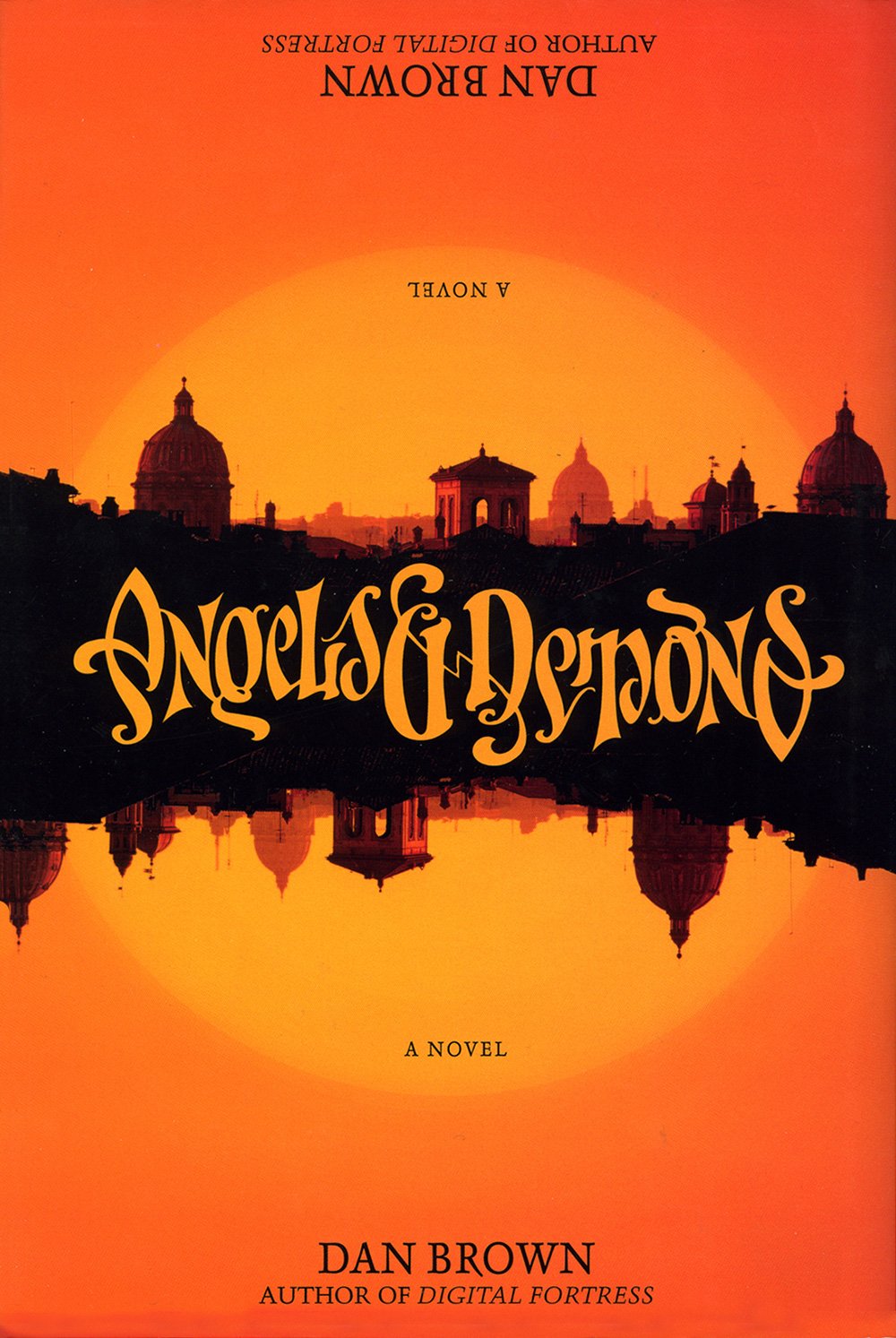I heard this gruesome little word on ‘Bookish’, a new detective show written by and starring Mark Gatiss, and set in post-war London. It isn’t for the faint-hearted or any animal lovers out there – it refers to the slicing and stripping of skin and fat from whales or seals.
‘Flensing’ itself is pretty old, and comes from an Old Norse word, ‘flesja’, meaning ‘to flay’. It came to English in the 1700s via the Netherlands and the Dutch word ‘flensen’, when commercial whaling was at its peak. At that time, every part of the whale had a use, including oil for lamps, baleen for corsets and blubber for soap.
Nowadays, most of us won’t hear or see flensing outside of ‘Moby Dick’ or grim Arctic documentaries. And thank goodness – because whales are some of the most extraordinary creatures on Earth. For example, male humpback songs can be heard up to 10 km (more than 6 miles) away, and follow patterns that are similar to human language.
This brings me on to the so-called ‘loneliest whale in the world’ – a mysterious creature that calls out at 52 hertz, a much higher pitch than other whales use. It’s been tracked since the 1980s but never seen, and scientists don’t think any other whales can hear its calls (sob).
The story of the loneliest whale has inspired books and documentaries, and even music – including ‘Whalien 52’ by K-pop behemoth BTS, which uses the 52-hertz whale as a metaphor for the alienation often felt by adolescents. The good news is that whale calls picked up by a sensor in California in 2010 suggest there might be more than one whale calling at 52 hertz. So maybe, at last, someone’s answering back.
Well, that was all a bit depressing, wasn’t it? To cheer us up, here’s a video of the Commerson’s Dolphin, a tiny black-and-white dolphin that lives in the cold waters near South America and the Kerguelen Islands. They look like teeny-weeny killer whales. (Of course, they’re critically endangered. Sorry.)























